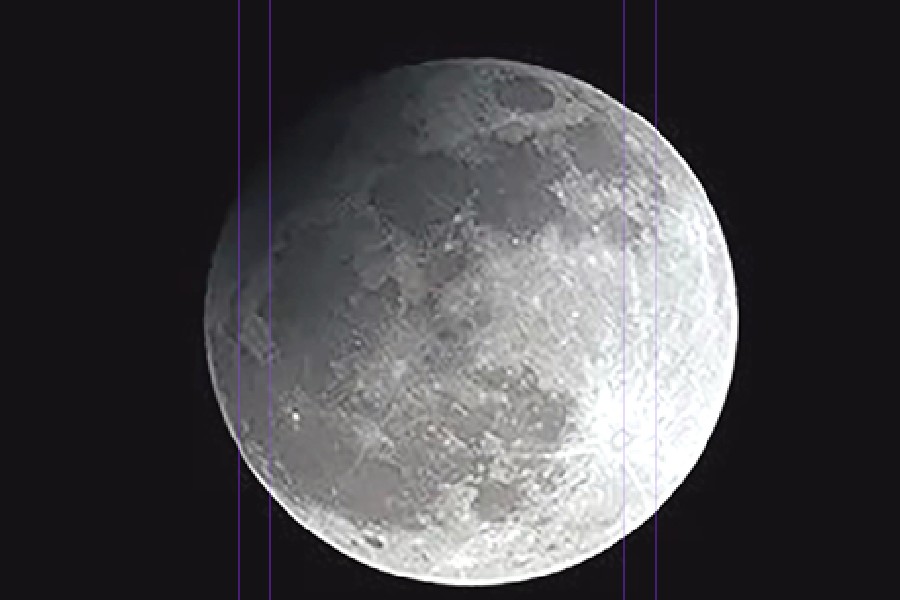The festival season this year is also marked by cosmic events that make the fortnight between October 14 and 28 special.
There is going to be a partial lunar eclipse on the night of October 28, which can be seen from across Asia, Europe, Africa and Russia. The eclipse will start late on October 28 and continue till the early hours of 29th.
On October 14, there was a spectacular cosmic show of an annular solar eclipse, which was seen by the people of mostly North and South America. The ring of fire was visible from across a large part of the western hemisphere. It occurred when it was night in India and Asia and could not be experienced by people in this region.
It was a New Moon day and it marked the beginning of Navratri, which is celebrated in major parts of India as the beginning of the Durga Puja festival. In Bengal, it was the day of Mahalaya, when people offer their prayers to their ancestors.
An annular eclipse occurs on a New Moon day when the Sun, Moon and the Earth come almost in a straight line, making the Moon obscure the Sun for some time, blocking the sunlight from reaching a part of the globe.
If the distance between the Moon and the Sun becomes such that the Moon cannot cover the whole disc of the Sun, a ring of fire can be seen at the moment of the solar eclipse.
A lunar eclipse occurs on a Full Moon night, when for some time the Moon passes through the shadow region of the Earth, causing darkness of the lunar disc, partially or totally.
On the Full Moon night of October 28, when Lakshmi Puja will be celebrated in India, also the third night of Deepavali, the festival of lights, the Moon will partially be eclipsed by the shadow of the Earth for some time and will give people in India a chance to experience a partial lunar eclipse.
A lunar eclipse is marked by two stages of the Moon coming under the shadow of the Earth. When it enters a partially shadowed region of the Earth, it is known as the Penumbral eclipse. The Moon then remains partly lighted. The change in brightness is not very much noticeable.
After this phase, the Moon will partially enter the actual dark part of the Earth’s shadow, which is termed Umbral Lunar Eclipse. It is considered the actual eclipse by most people.
On October 28, the penumbral eclipse will start around 11.31pm, but the partial umbral eclipse, which is more noticeable, will start in the early hours of 29th, around 1.05am. It will become maximum around 1.44am and will end by 2.23am.
The magnitude of the partial lunar eclipse will be around 0.12, marked by the maximum obscuration of lunar disc. The magnitude
of an eclipse is the fraction of the diameter of the disk of the eclipsed body that is covered by the eclipsing body.
This magnitude signifies that at the maximum eclipse, only about 5 per cent of the Full Moon disc will be under the Earth’s shadow. The penumbral eclipse, when the Moon will be completely out of the Earth’s shadow, will occur around 3.56am on October 29.
Dr Debiprosad Duari is a former director of MP Birla Planetarium, Calcutta
